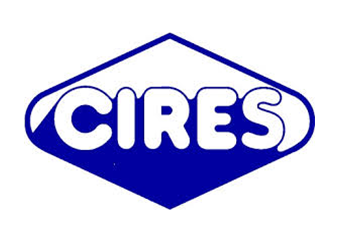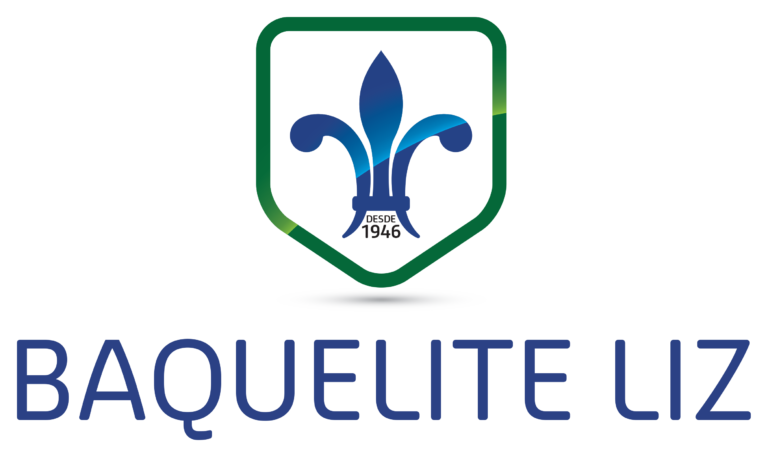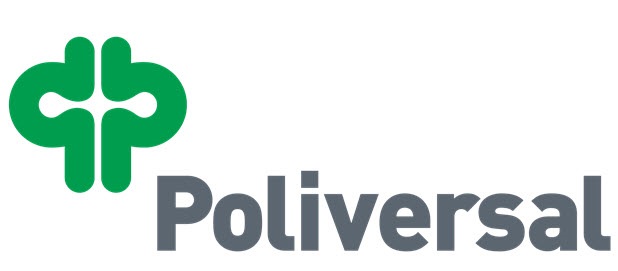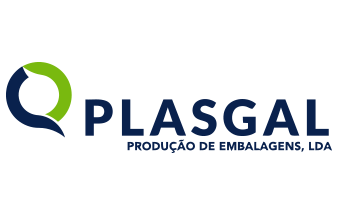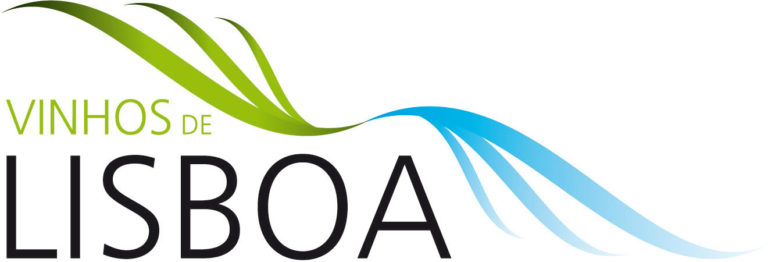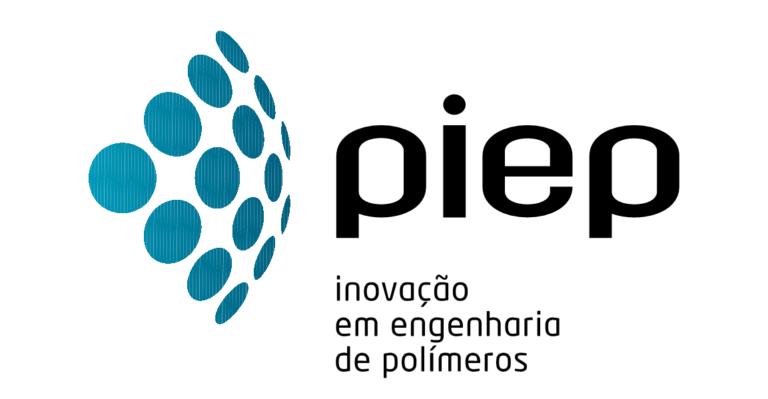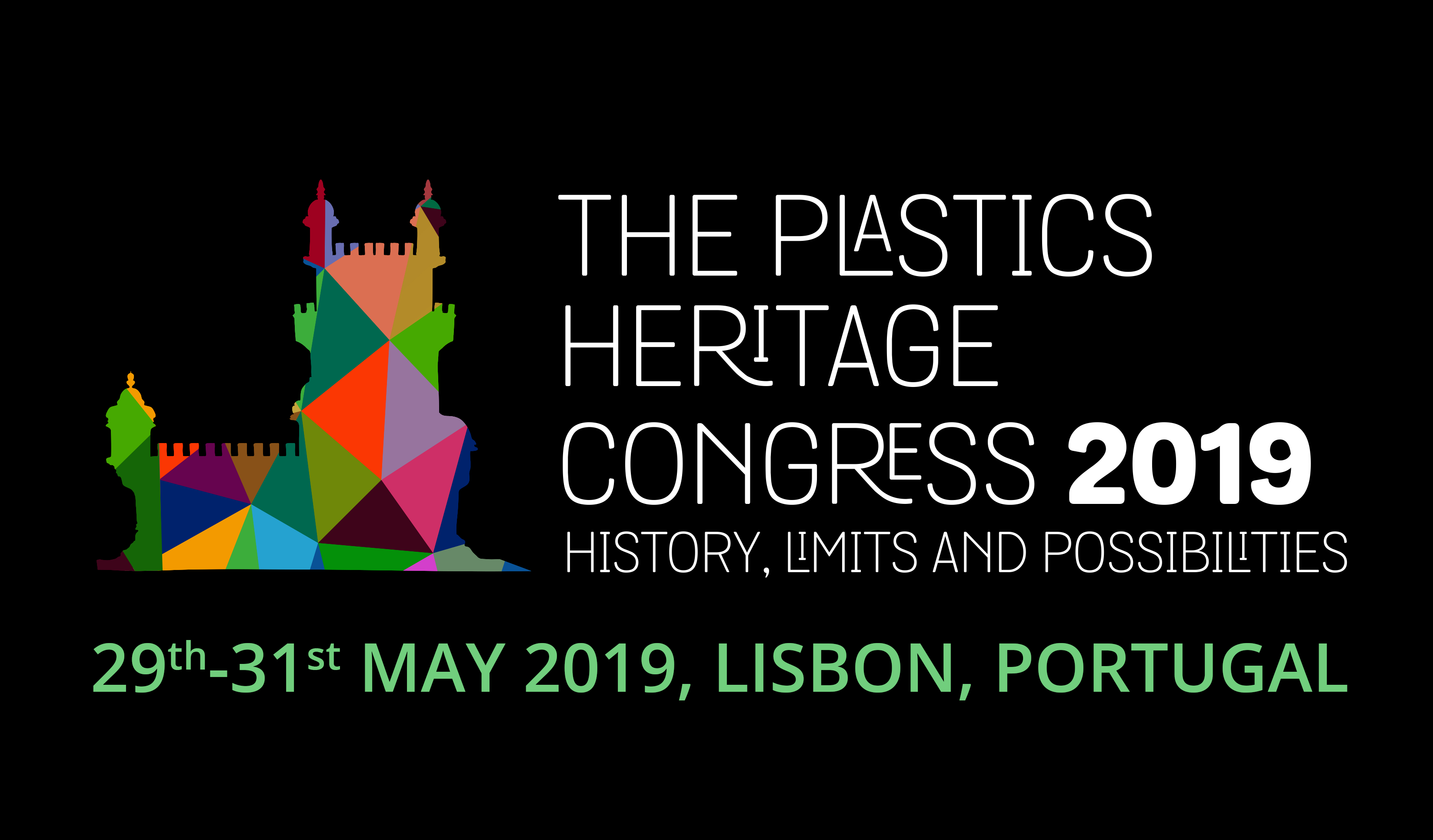Under the aegis of the Plastics Heritage European Association (PHEA), the Portuguese Center for the History of Science and Technology (CIUHCT) will host the Plastics Heritage Congress 2019.
Plastics Heritage: History, Limits and Possibilities, the congress’ general theme, is an output of the Project “The Triumph of Bakelite – Contributions for a History of Plastics in Portugal” combined with the fifth of a series of international Plastics Heritage Conferences and will be held in Lisbon, the capital city of Portugal, at the National Coach Museum, from 29th to 31st May 2019
This congress aims to address plastics history and heritage by encouraging papers that contribute to a deeper understanding of the socioeconomic culture and material culture of historic polymeric materials (HIPOMS) in their various representations and functions in society.
The main theme embraces the concepts of history, limits and possibilities of plastics heritage as organizing principles, thus perceiving their impact on the consumer and their technical and scientific developments.
CIUHCT
Short history
The Centro Interuniversitário de História das Ciências e da Tecnologia (CIUHCT) is the result of the merging of two previous units in the area of History of Science and Technology: Centro de História e Filosofia da Ciência e da Tecnologia (CHFCT) and Centro de História das Ciências da Universidade de Lisboa (CHCUL). From 2007 to 2014 it hosted two research lines associated with its two different host institutions (FCT/UNL and FC/UL). Following the 2014 evaluation period, in which CIUHCT scored the maximum grade – Exceptional, CIUHCT has undergone a thematic reorganization.
GENERAL OBJECTIVES
CIUHCT aims at asserting the relevance of History of STM in building citizenship and European identity, focusing specifically, but not exclusively, in STM historical case studies on Portugal in an international perspective. CIUHCT participates actively in international debates on the concepts of center(s) and periphery(ies), on the relevance of STM knowledge in the construction of modern and contemporary societies, using an innovative methodological framework centered on the trilogy circulation, appropriation and innovation.
PLASTICS HERITAGE EUROPEAN ASSOCIATION
General
PHEA is a network of European organisations, which are involved in plastics heritage of all aspects and times.
Purpose
PHEA’s intention is:
- To engage in activities relating to and to engage with research on ‘historic polymeric materials’ (‘Hipoms’). More details of what Hipoms includes can be found in the Appendix. Activities include: to create a network and to facilitate cooperation among the member organisations and institutions (legal or non-profit private institutions such as: universities, departments, collections, museums and societies), which are involved in the cultural, technical and scientific research, cataloguing, showcasing, popularising, preservation and conservation of our common cultural heritage of historic polymeric materials and objects (HIPOMs / HIPOMOs) in art, design, architecture, archives and libraries, in ethnology, science, technology, industry, companies and in past and present daily life.
- to communicate, exchange and mutually popularise the manifold, special knowledge and abilities of the PHEA
- to initiate applications and come to agreements for the exchange of students, researchers and for research cooperations.
- to apply for funding European research programmes on Plastics Heritage.
- to organise the International Forum ‘Plastics Heritage’ on a biennial basis.
- to encourage publishing of results in e.g. the PHEA attributed International Journal of Plastics History e-plastory as well as other relevant journals.
see more
plastics heritage
Plastics Heritage comprises the wide, interdisciplinary field of the history, collecting, documentation and conservation of ‘Hipoms’ (historic polymeric materials):
- History of polymer science, polymer materials, polymer technology, polymer application and polymer industry and companies.
- Hipoms’ objects in art, design, technical and everyday’s objects, architecture.
- Collecting Hipoms.
- Showcasing, contextualisation and documentation of Hipoms in museums, collections, archives and libraries.
- Conservation of Hipom artifacts and technical objects; material characterisation.
- Conservation of historic objects with polymers (adhesives, coatings etc.)
Hipoms are defined as historic polymeric materials in the shape of formed materials, fibres, lacquers, binders and adhesives, including:
- Natural: e.g. amber, bitumen, proteins (horn, glutin, egg white , blood proteins, casein, etc.), natural resins, lacquers and varnishes (rhus lacquer, copal, shellac, linseed oil etc.), natural fibres.
- Semi-synthetics: e.g. crosslinked caoutchouc (rubber), hardened rubber, casein-formaldehyde (CSF), cellulose nitrate (CN), cellulose acetate (CA).
- Synthetics: e.g. early thermosets: phenol formaldehyde (PF), urea formaldehyde (UF) , melamine formaldehyde (MF), early thermoplastics like polyvinyl chloride (PVC), polymethylmethacrylate (PMMA), polystyrene (PS), polyethylene (PE), polyamide (PA), polyacrylonitrile (PAN), polyurethane (PU), polycarbonate (PC), polyester (PES) etc., early synthetic rubbers, early composite materials.
Welcome to our venue
- National Coach Museum
- Av. da Índia 136, 1300-004, Lisboa, Portugal
Institutional Support
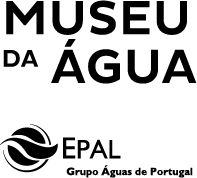

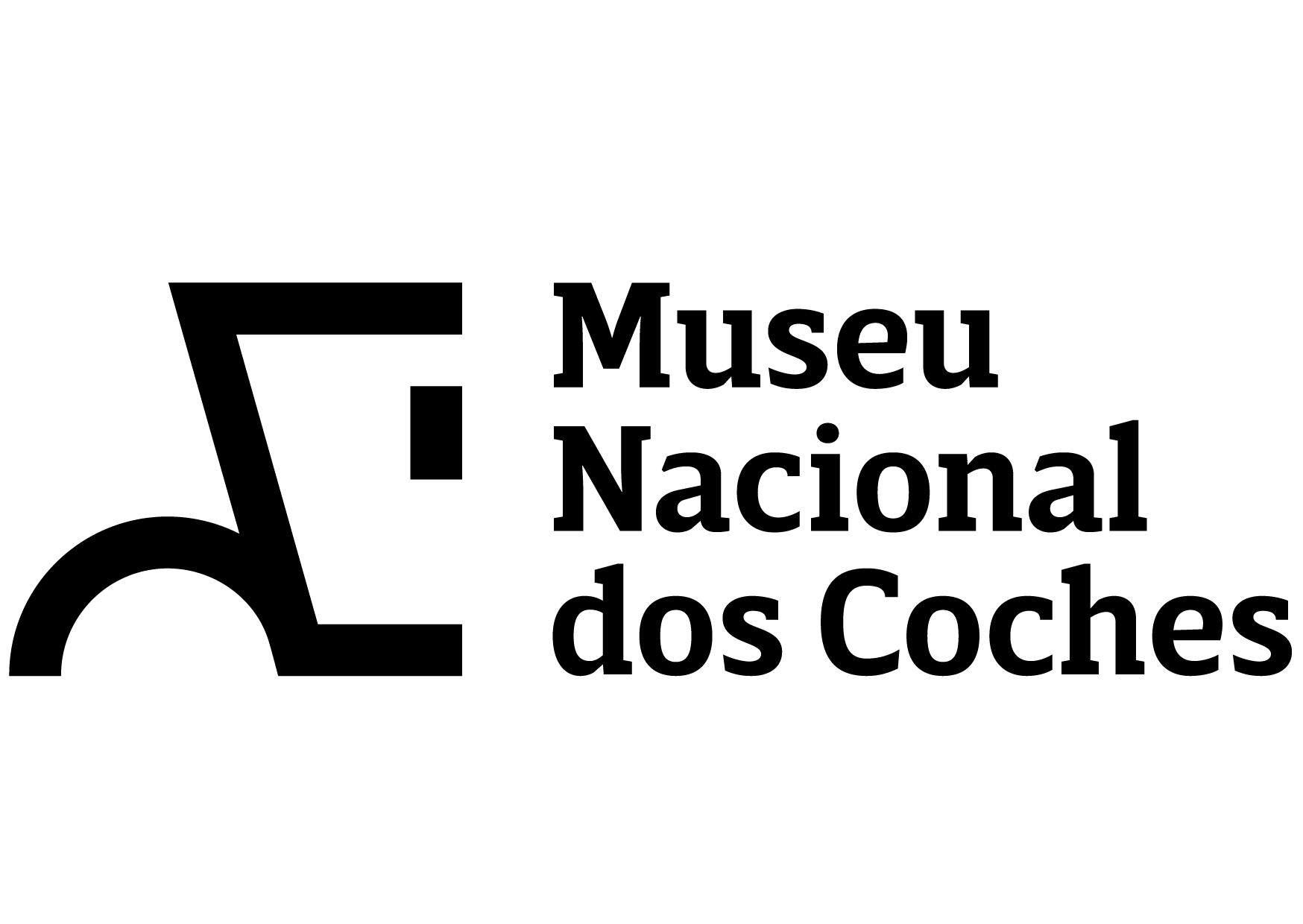
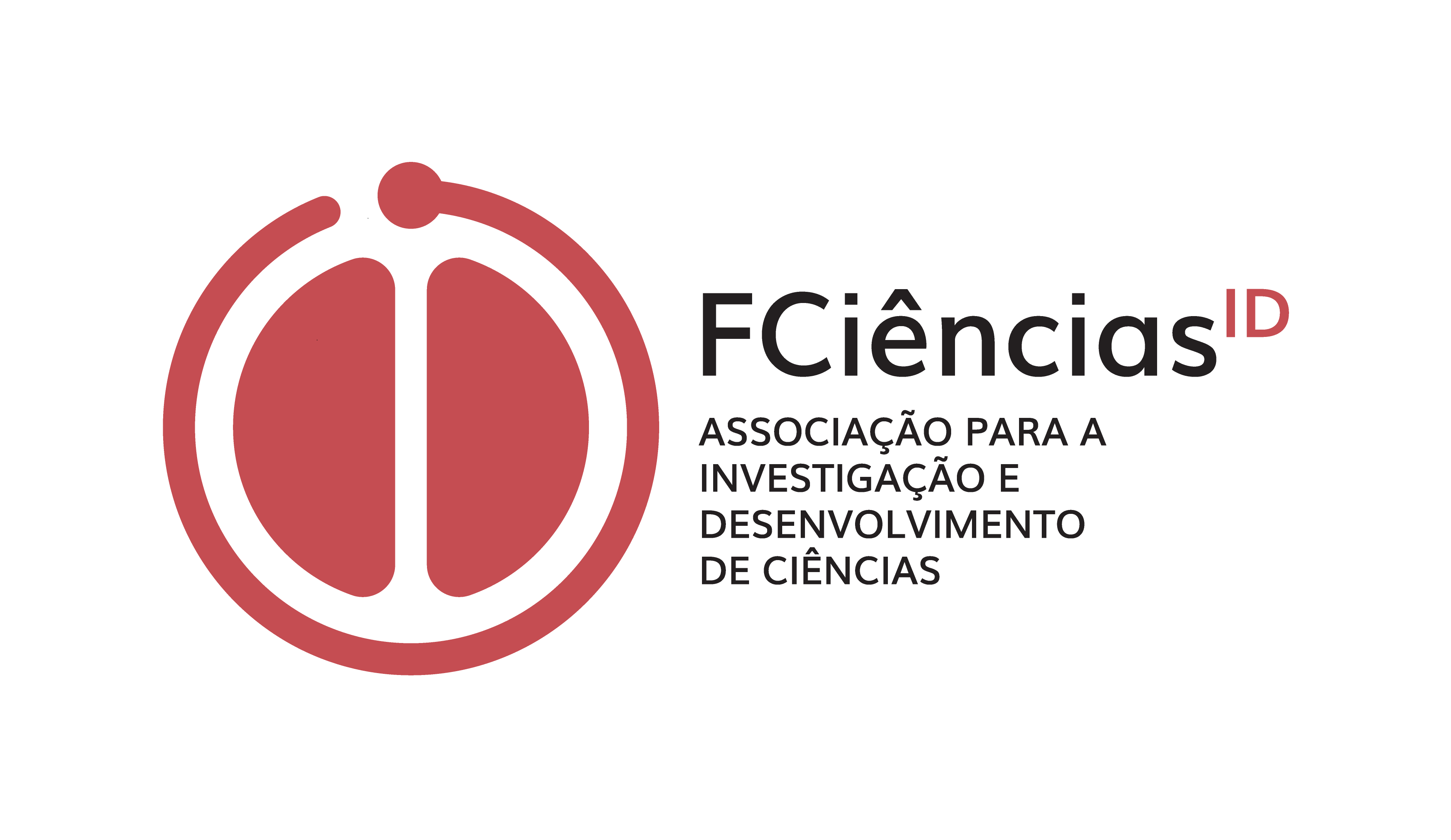
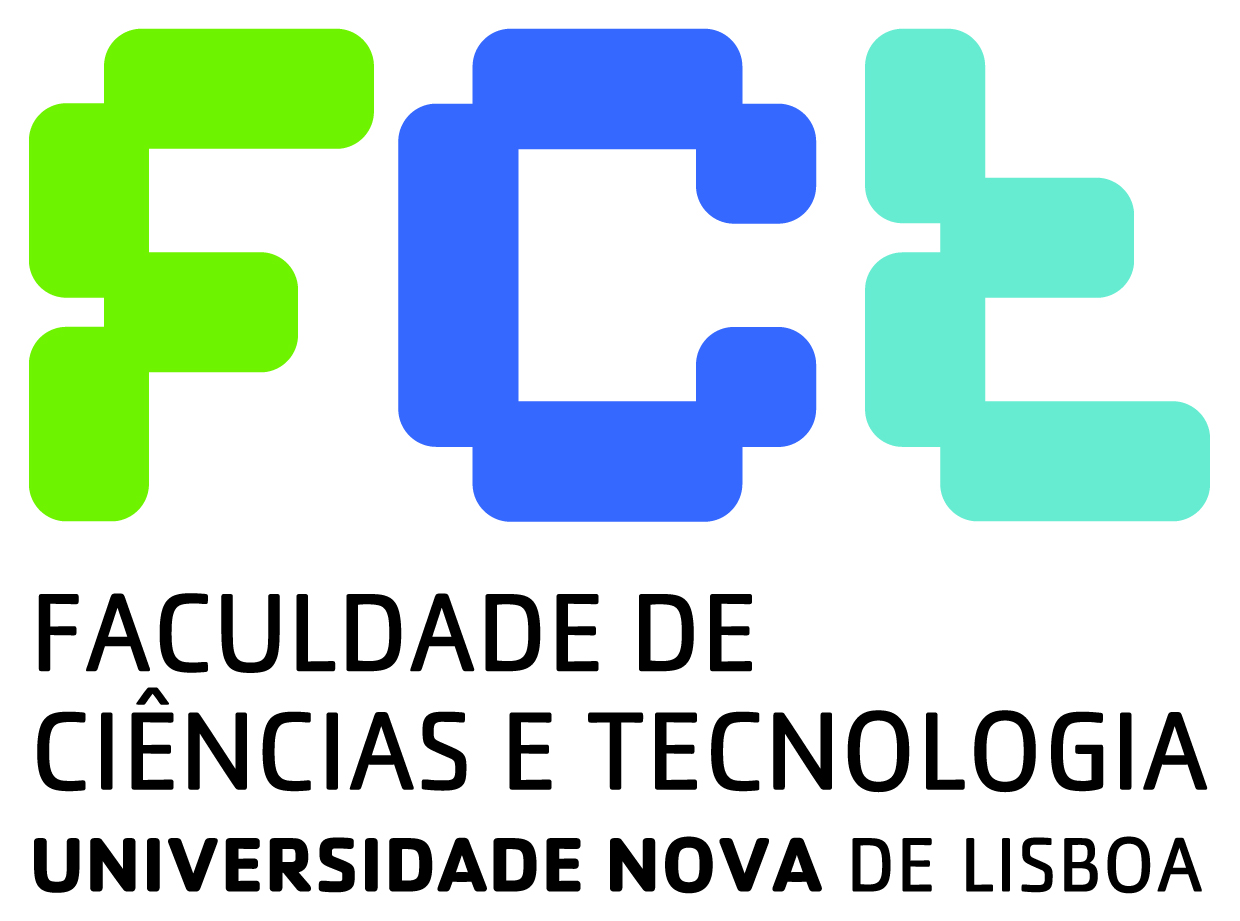

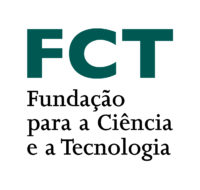
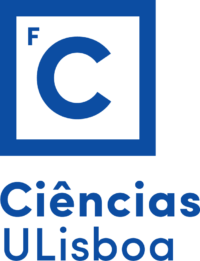

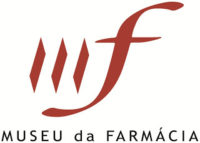

Sponsors

